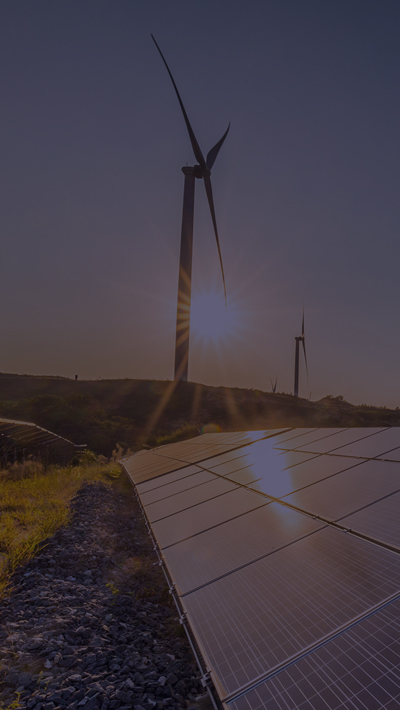Contents
The Ministry of Business, Innovation and Employment (MBIE), anticipating a future in which more land will have been converted to forestry for reasons of climate change mitigation, is consulting on new rules to better manage the interface between trees and electricity lines.
We think the consultation provides an important opportunity to address longstanding issues in the existing Electricity (Hazards from Trees) Regulations 2003 (the Regulations).
Submissions on the discussion paper close on 5 May 2023.
The current regime
The current regime prescribes distances from electrical conductors within which trees must not encroach (the “Growth Limit Zone” or GLZ) and assigns responsibility for cutting or trimming vegetation within this zone, or that otherwise pose an immediate danger to persons or property.
- Works owners are tasked with identifying risks. Such risks are largely defined in relation to the GLZ, which is intended to form a protected corridor around electricity assets
- Works owners are permitted, and in certain cases required, to give notices to tree owners upon becoming aware of trees which are within the Notice Zone or GLZ.
- Works owners bear the cost of cutting or trimming the trees in accordance with the first cut or trim notice issued to the tree owner.
- Tree owners bear the cost of cutting or trimming trees thereafter (subject to having received the requisite notice under the Regulations).
This position is subject to some exceptions. For example, the Regulations provide that tree owners can serve a “no interest” notice on a works owner. This allows the tree owner to shift liability to the works owner to maintain (and bear the cost of maintaining) the tree that is the subject of the no interest notice.
Key issues driving reform
From the works owner’s perspective, the key issues with the existing Regulations are that they:
- fail to address the risk posed by trees located beyond the GLZ, including where these are at risk of falling on electricity lines and assets (particularly as a result of severe weather events), or create fire risk
- disproportionately allocate responsibility for identifying and managing vegetation that may encroach on electrical conductors onto works owners
- do not facilitate an administratively workable or cost-effective system because they require that works owners:
- give notices to tree owners on an individual tree level (rather than allowing notices to be given in respect of multiple trees in an identifiable area)
- identify and maintain a form of register or record as a means of monitoring which trees have been subject to a first cut or trim notice
- obtain the consent of landowners (rather than landowners or occupiers) to access land where a works owner is conducting a first cut or trim, or where a landowner has issued a no interest notice, and
- create ‘gaming opportunities’ by for tree owners by permitting them to exercise a first cut or trim option and later serve a no interest notice, in effect allowing them to pass on liability for maintenance of a tree after they have got the benefit of the Emissions Trading Scheme benefits while the tree was growing
- don’t sufficiently address the impact of new tree planting by tree owners and the risk this poses to network assets, and
- contain a dispute resolution process which is too narrow in scope, thereby effectively negating any real opportunity for early intervention in disputes between tree owners and works owners.
Chapman Tripp comment
The current model is overly complicated, creating significant costs for works owners which are then necessarily passed on to consumers through line charges, at a time when the cost of electricity is rising.
A much simpler and more practical approach is needed to access rights to reflect the importance of maintaining electricity infrastructure into the future.
MBIE is seeking feedback on its preferred options for reform. These would amend the existing regime rather departing materially from it. We would be happy to assist you to prepare a submission on MBIE’s proposals, including advocating for more material change, should you wish to engage in the policy process.




















